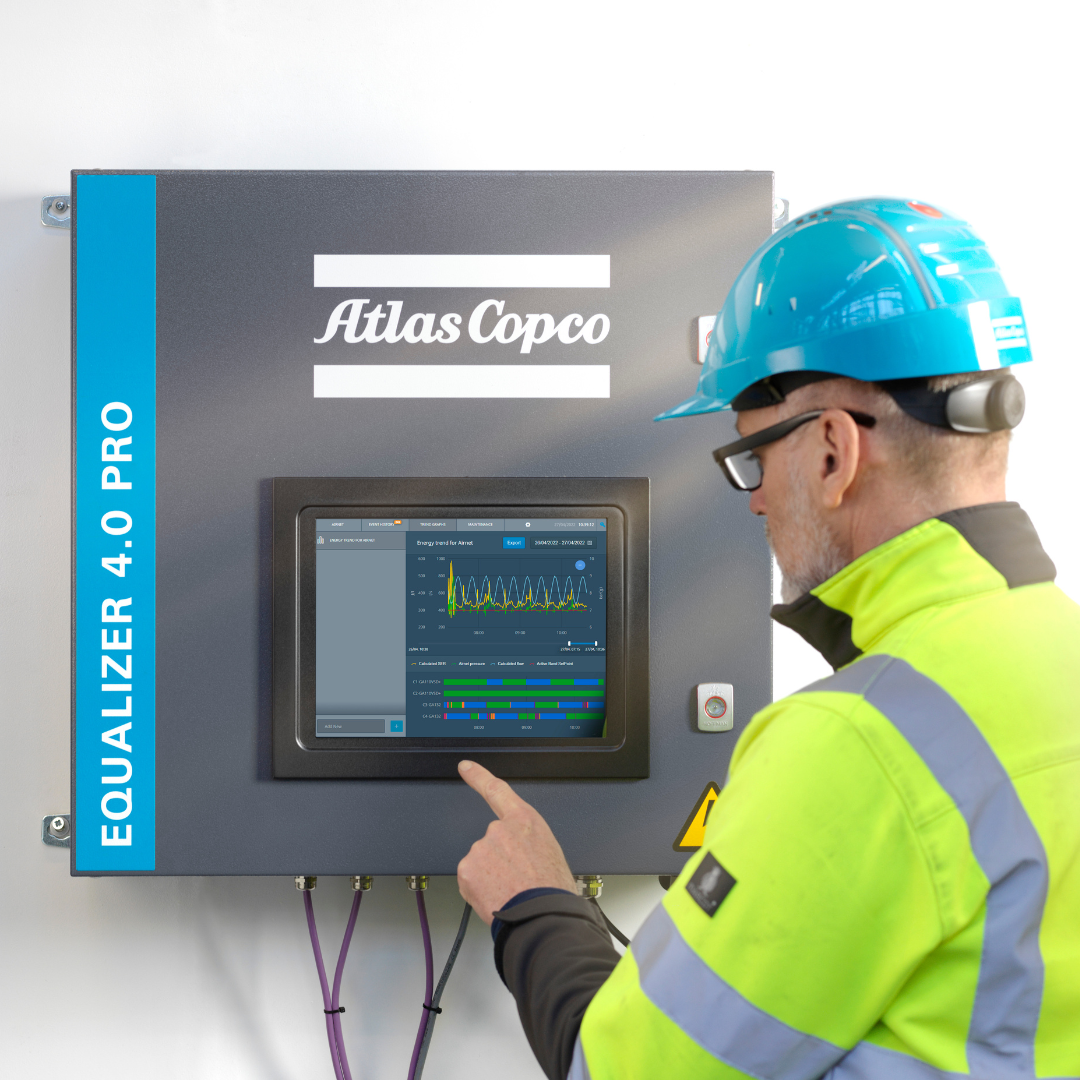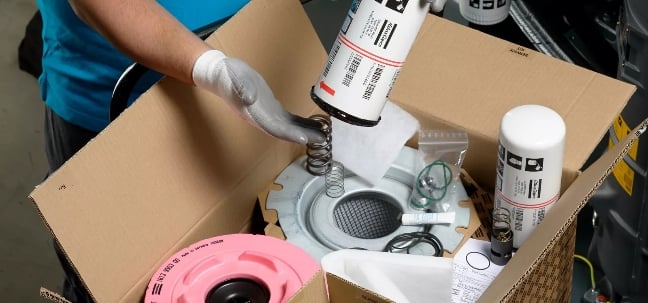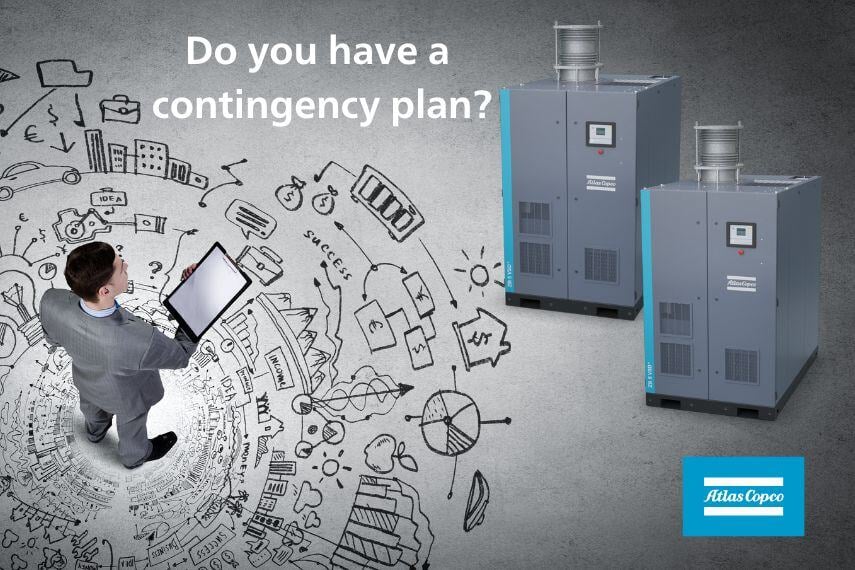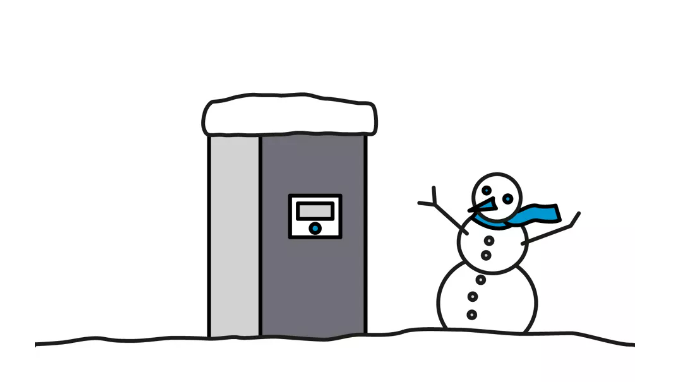
Nitrogen Generators
The Sleeping Giant of the Manufacturing Industry
The world of nitrogen gas is one of sharp extremes, mystery, and big business.
Odorless, colorless and tasteless, nitrogen is inert, meaning it is chemically inactive, yet the importance of nitrogen is huge.
Though you may not realize it, nitrogen gas exists all around and has a big impact on many of our lives. This is particularly true in the manufacturing industry, where nitrogen is a large utility bill that most people are not aware of. This is the reason that we refer to nitrogen as a sleeping giant!
Of all the air in the Earth’s atmosphere, more than three-fourths (78 percent) is nitrogen; the rest is oxygen. But let’s leave the chemistry aside and distill this down to an everyday level.
You’re in your living room watching TV. You’re having a bottle of beer and a packaged bag of peanuts. There’s a good chance nitrogen has been involved in manufacturing the beer and peanuts.
Nitrogen removes oxygen from the empty bottles. Before capping the bottles, the gas chases out carbon dioxide. This all-important gas prevents wort, beer, and residual mash from oxidizing and contaminating the next batch of beer, and can be used to push beer from one tank to the other.
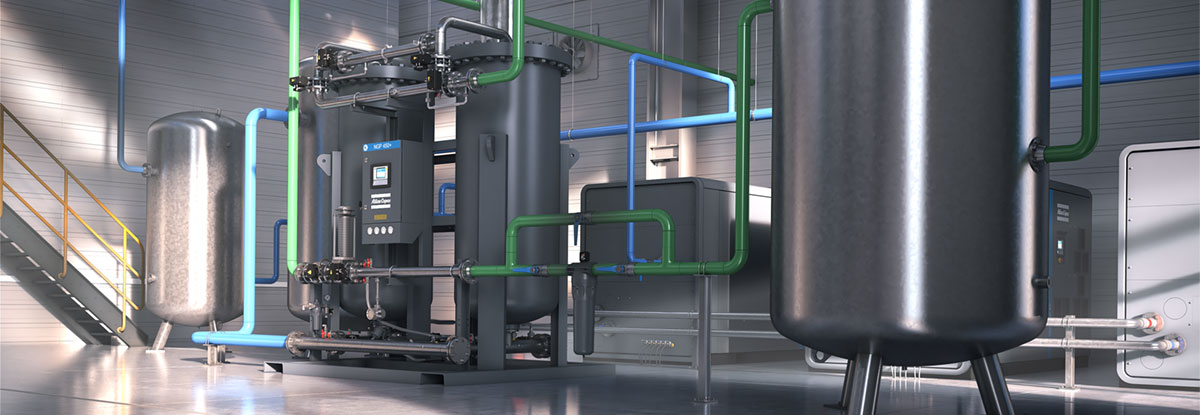
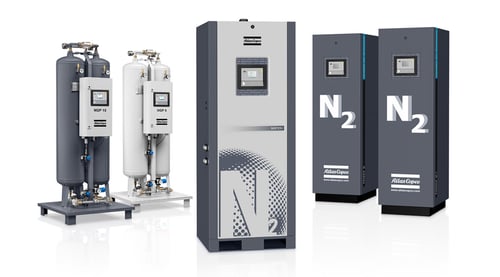
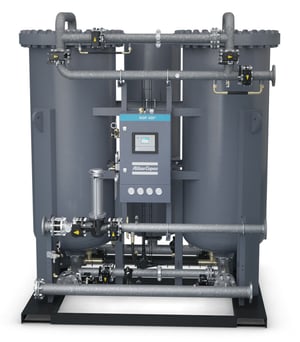
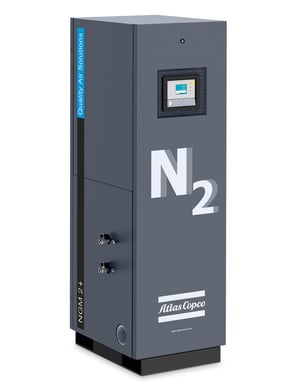
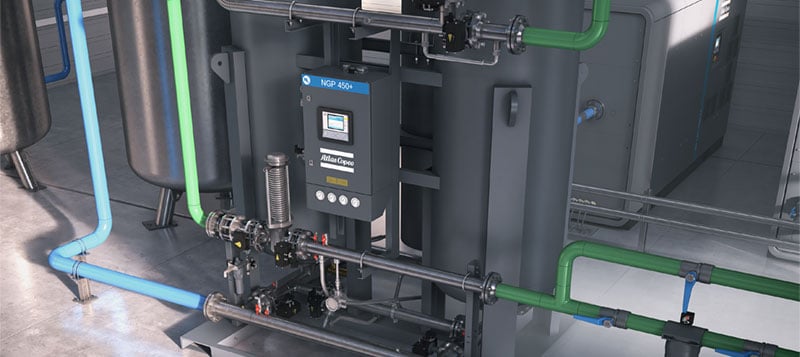
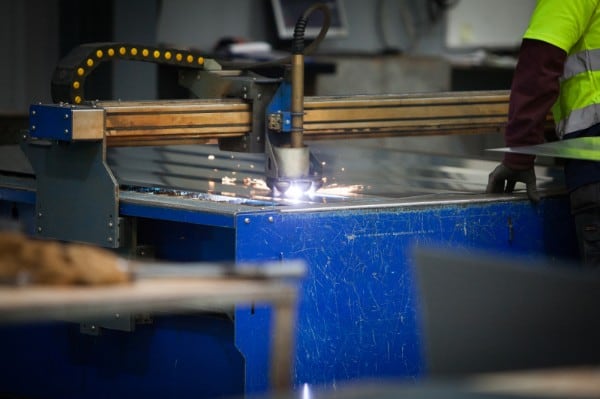

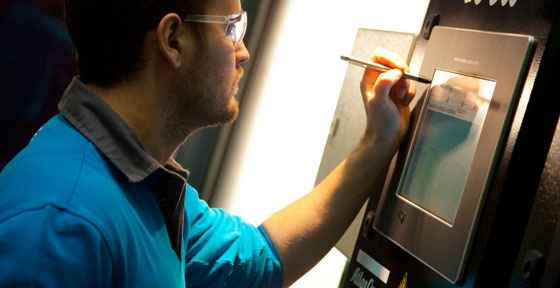
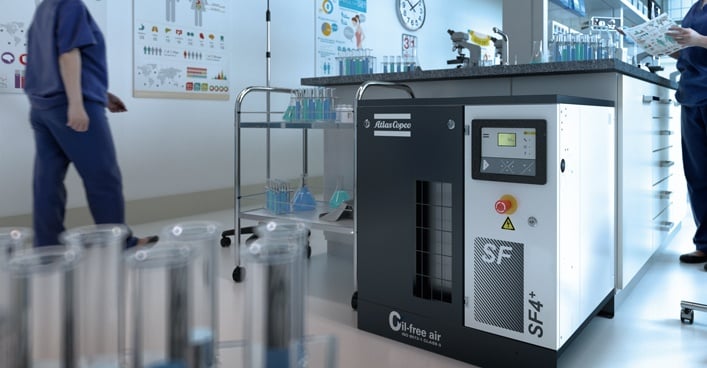

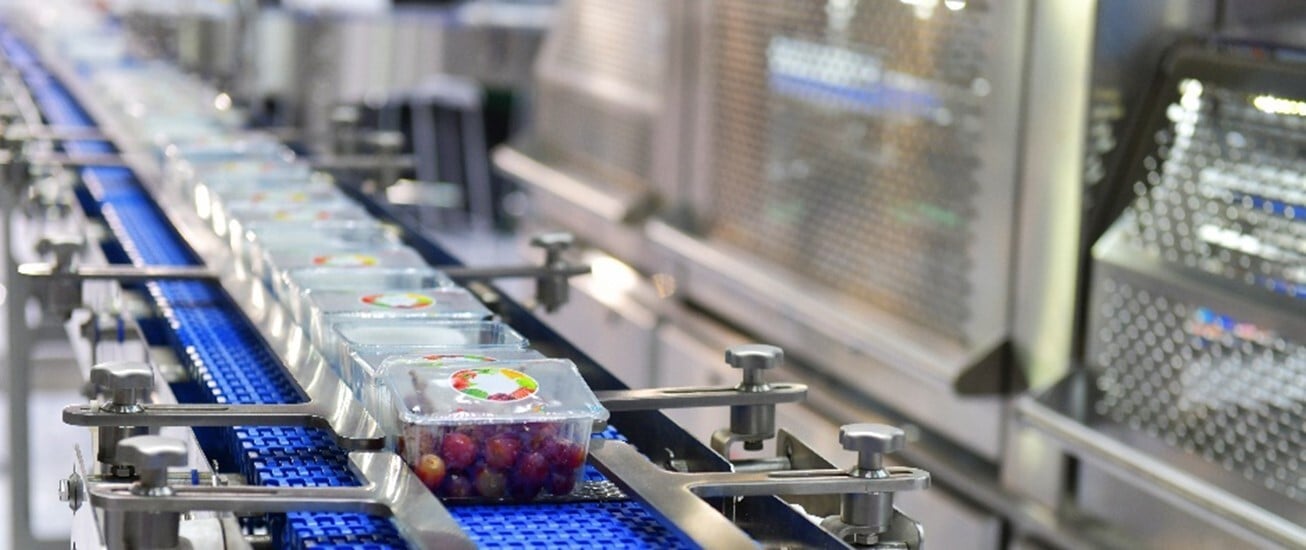
.png)
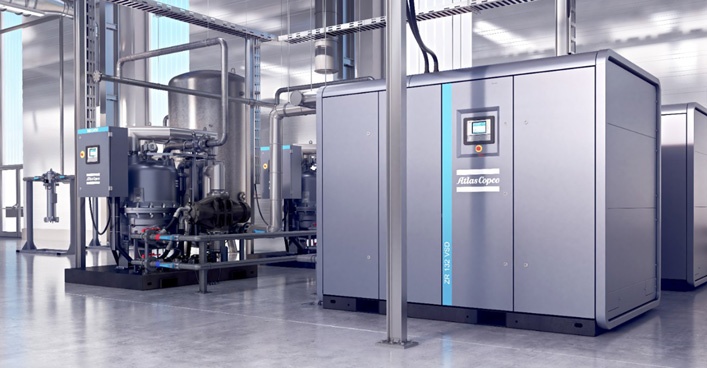

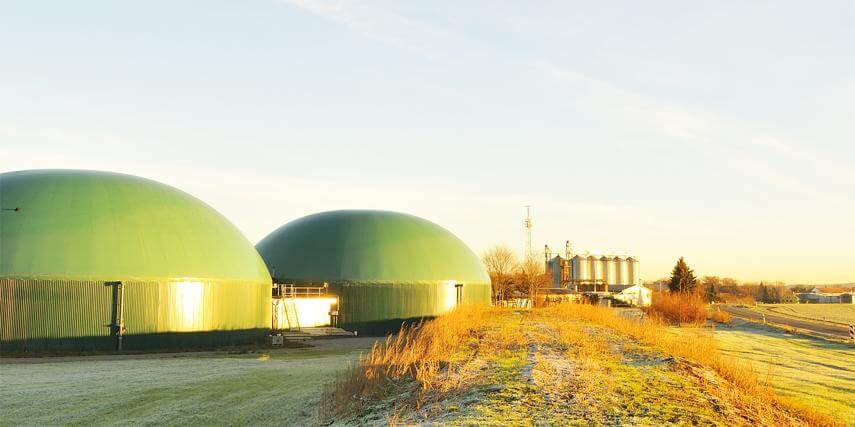
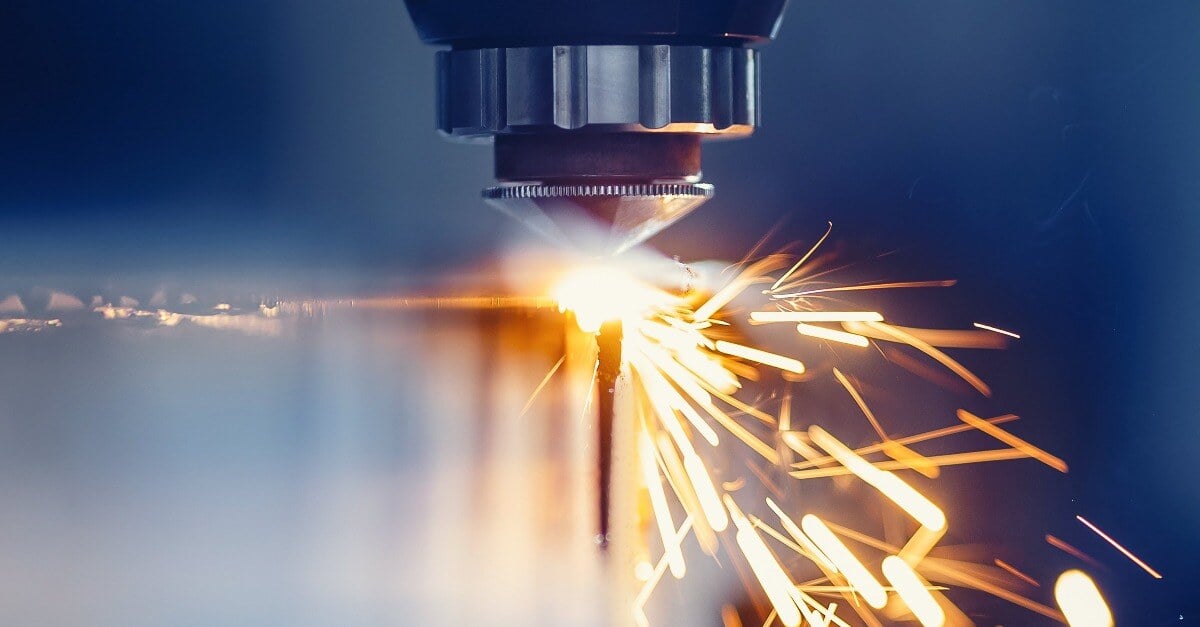
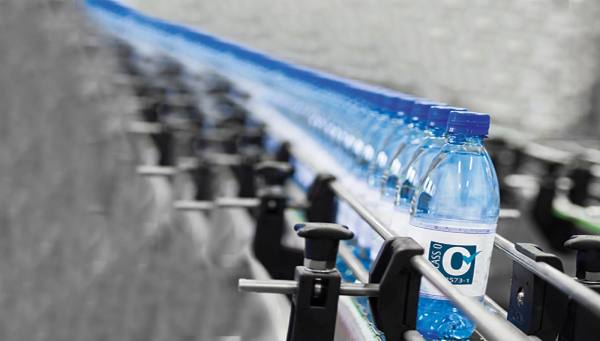
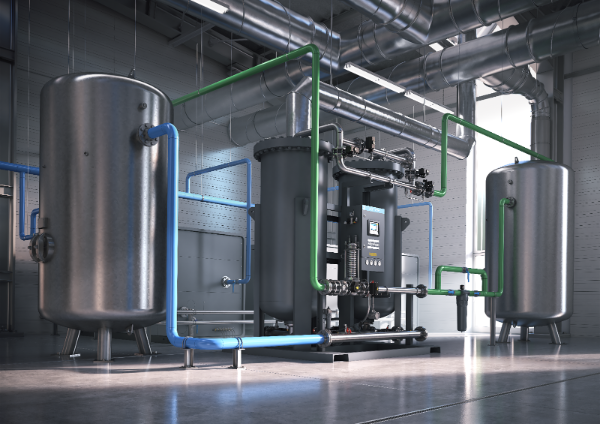
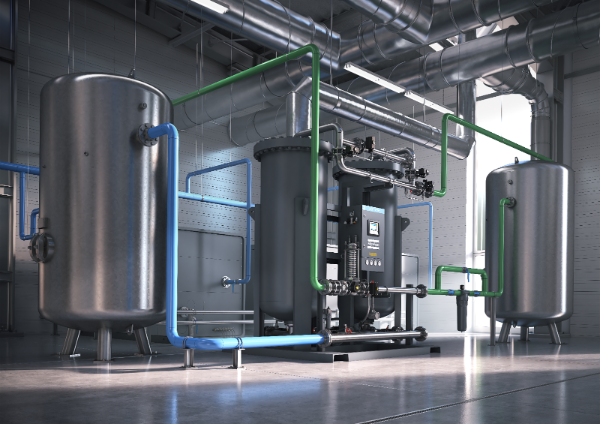
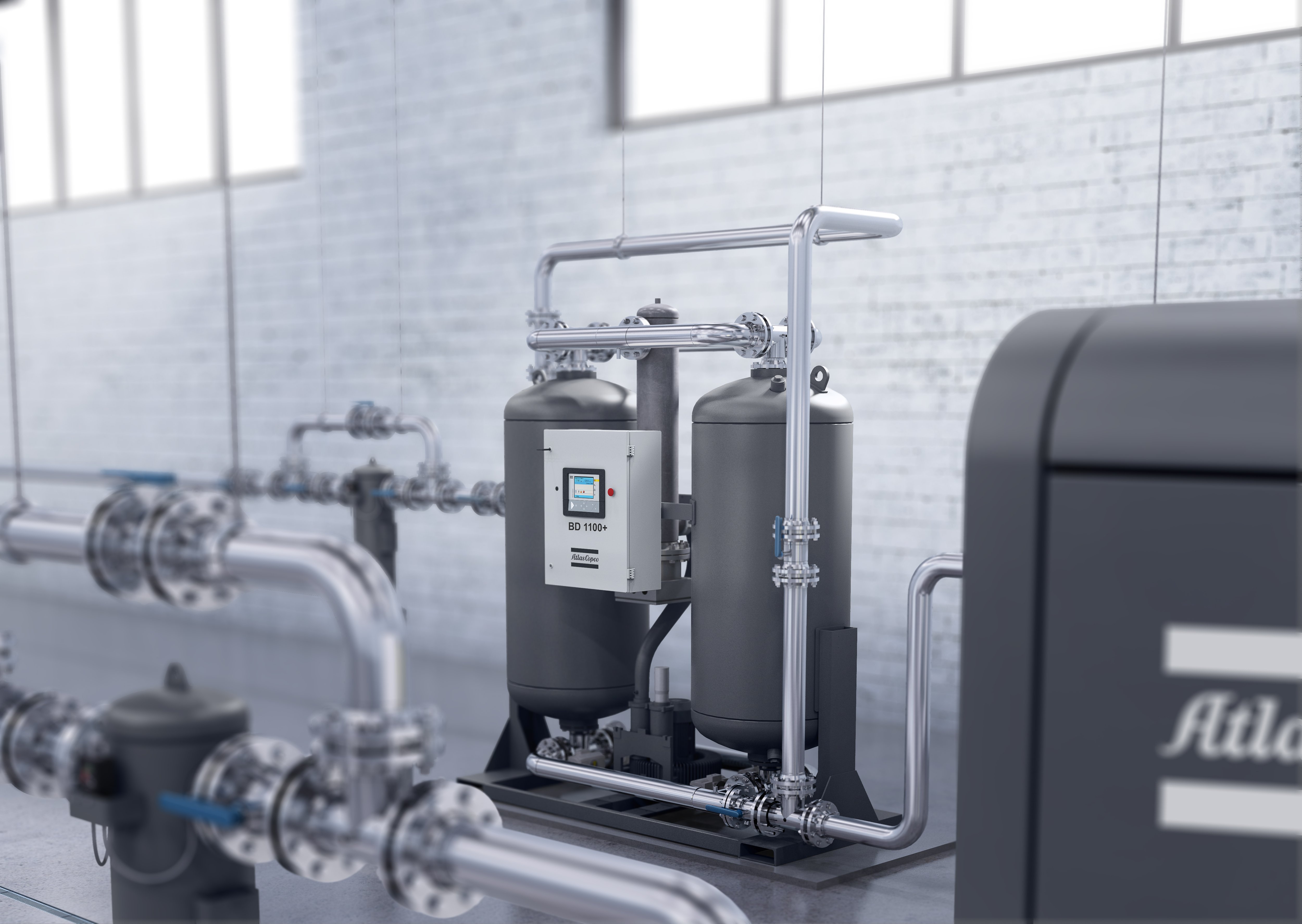

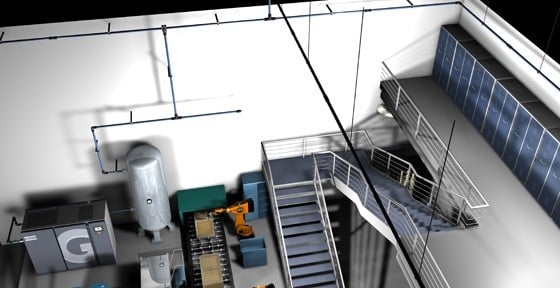
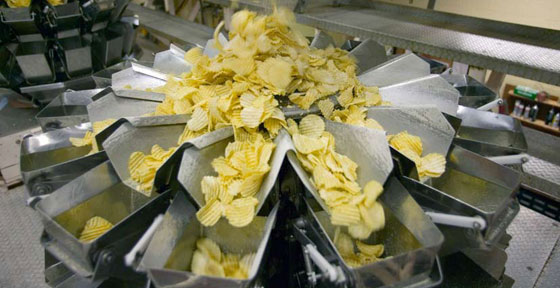
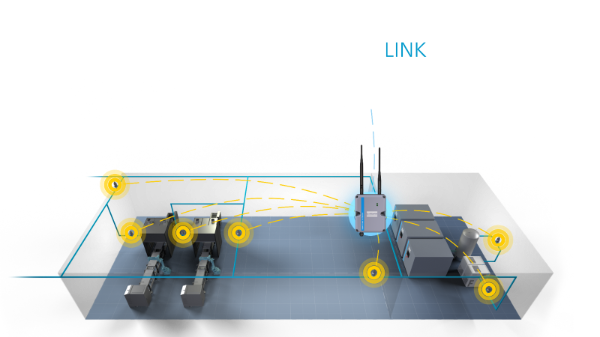
.png)
